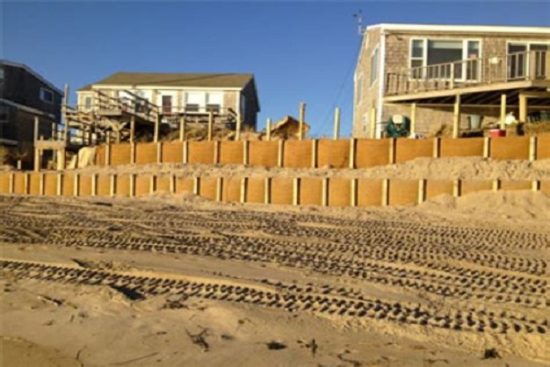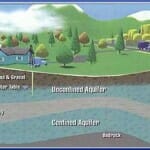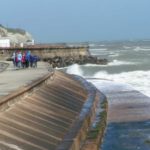- Course No E – 1630
- PDH Units 3.00
No data found for Custom Course Number
No data found for Custom Course Units
- Course No E – 1630
- PDH Units 3.00
Intended Audience: civil & geotechnical engineers
PDH UNITS: 3
Coastal development has increased in recent years, but some of the chosen development sites have much greater risks of natural hazards than ever before. Many of these high-risk sites include those that are close to the ocean, on high bluffs subject to erosion, and/or on artificial fill deposits. Many coastal residential buildings constructed today are also larger and more expensive than they were in the past, which can lead to severe economic losses if disaster strikes. As such, considering the issues that can arise on such potentially hazardous sites and how you can successfully overcome them before designing coastal developments is essential for a sustainable final design. Dive in to our online course curated by Don Parnell, PE to gain a comprehensive overview of the issues that should be considered before designing coastal buildings and developments. By walking through scientific studies and real-life case studies, this course will explore how and why coastal residential buildings that are properly sited, designed, and constructed have generally performed well during natural hazard events. It'll also cover the important decisions that should be made prior to designing a coastal building and why such decisions should be based on an understanding of regulatory requirements, natural hazards and other risks associated with constructing a building on a particular site, and the financial implications of such decisions.
Learning Objectives
- Design Process and Requirements
- Determining the Natural Hazard Risk
- Losses Due to Natural Hazards in Coastal Areas
- Initial, Long-Term, and Operational Costs
- Hazard, Earthquake, and Wind Insurance
- Sustainable Design Considerations
- Inspection Considerations
Once completed, your order and certificate of completion will be available in your profile when you’re logged in to the site.










